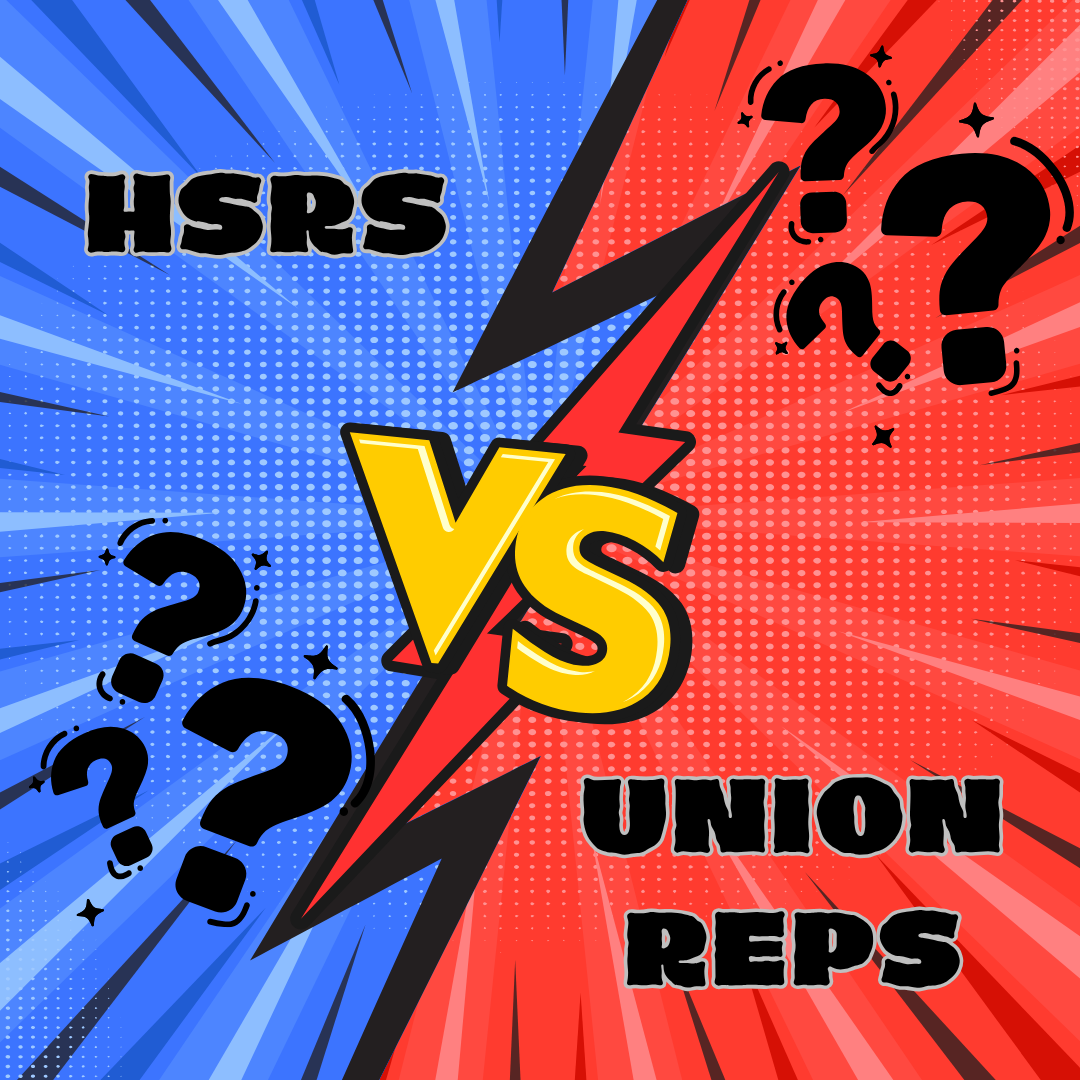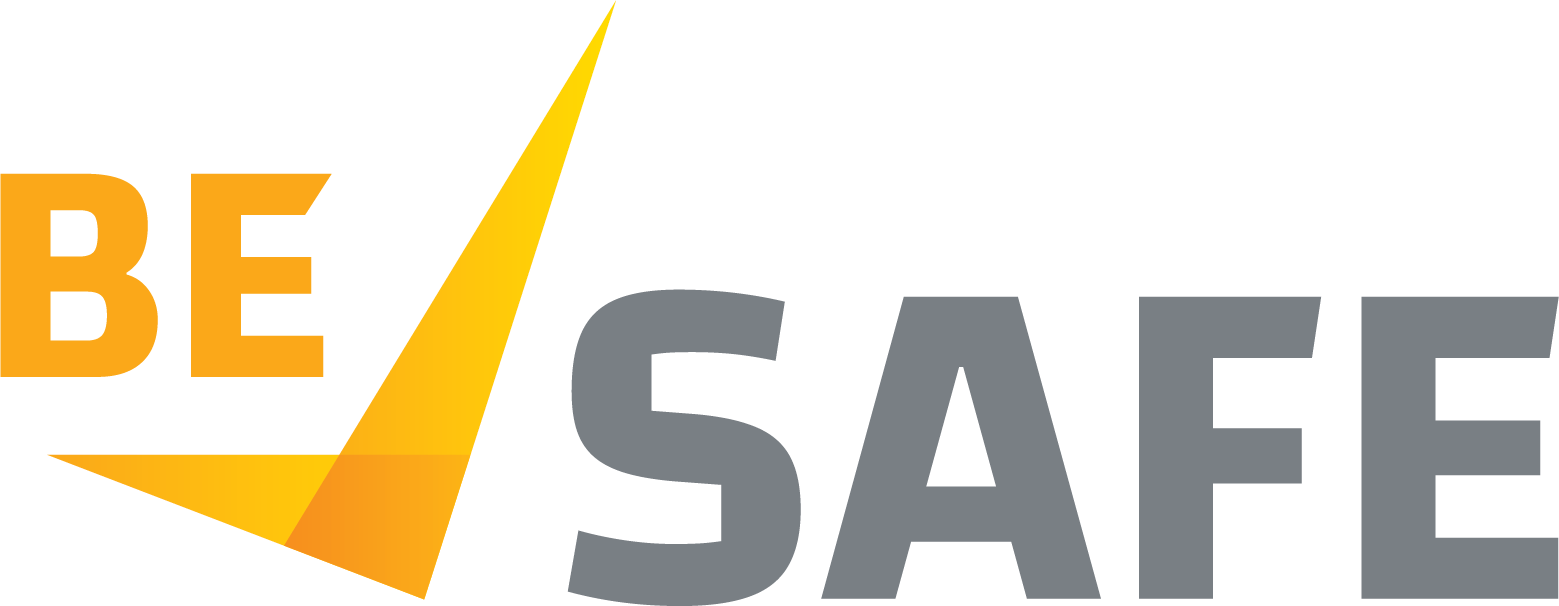Safety Starts with BeSafe Victoria
When it comes to workplace safety, the stakes are high.
When it comes to safety training, BeSafe Victoria has emerged as a leader, setting the gold standard for occupational health and safety (OHS) education in Regional Victoria.
Here’s why they stand out as the best safety trainers:
1. Passion for Safety
At BeSafe Victoria, safety isn’t just a job—it’s a calling. Their team lives and breathes safety education, driven by a genuine passion for creating safer workplaces. BeSafe Victoria’s team is driven by a genuine commitment to creating safer workplaces.
Their approach makes their training impactful and memorable.
2. WorkSafe-Approved
As a WorkSafe-approved provider, BeSafe Victoria ensures their courses meet the highest standards. Their Health and Safety Representative (HSR) training courses include 5 Day HSR Initial OHS Training and 1 Day HSR Refresher OHS Training Courses.
This stamp of approval ensures participants receive credible and up-to-date training, with the added benefit of BeSafe’s passionate delivery and follow-up support.
3. Regional Reach with Local Expertise
Although headquartered in Ballarat, BeSafe Victoria’s impact extends far beyond. Their experienced trainers are available to deliver courses across all regional areas of Victoria, ensuring that even remote workplaces have access to top-tier safety education. BeSafe have booked courses in Morwell, Shepparton, Wodonga, Ararat, Portland, Traralgon, Bendigo and more. This regional focus makes them an invaluable resource throughout the state – booking courses anywhere there is a demand – just get in touch.
BeSafe is passional about bringing OHS training to where it is needed most – in Regional Victoria.
4. Ongoing Support Beyond Training
Their commitment doesn’t end with training - BeSafe is committed to providing ongoing support. BeSafe offers free follow-up support and assistance to help their network of participants after they finish training and are working to resolve safety issues in their workplace.
5. Leaders training for Every Workplace
BeSafe knows that being a great leader means understanding your OHS obligations. They also understand that many managers and supervisors don’t feel confident that they have enough OHS knowledge. That’s why BeSafe have developed a Leaders Introduction to OHS Course – to help managers and supervisors develop their OHS Leadership skills and understanding.
Safety Starts with BeSafe Victoria
In a world where workplace safety can mean the difference between life and death, choosing the right training provider is crucial. BeSafe Victoria’s passion, expertise, and commitment to excellence make them the clear choice for Regional Victorians.
Ready to take the first step toward a safer workplace? BeSafe Victoria is here to guide you every step of the way. Get in touch at: HSR Training and support | BeSafe | Regional Victoria




